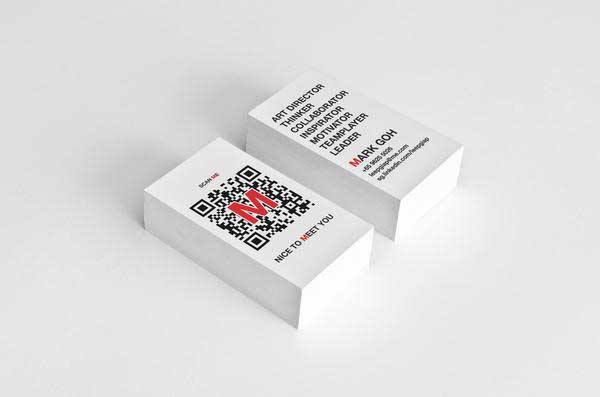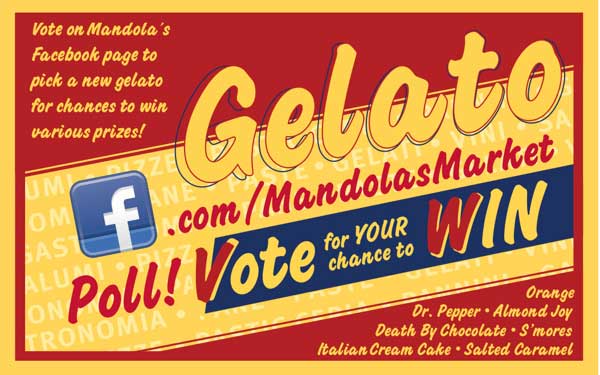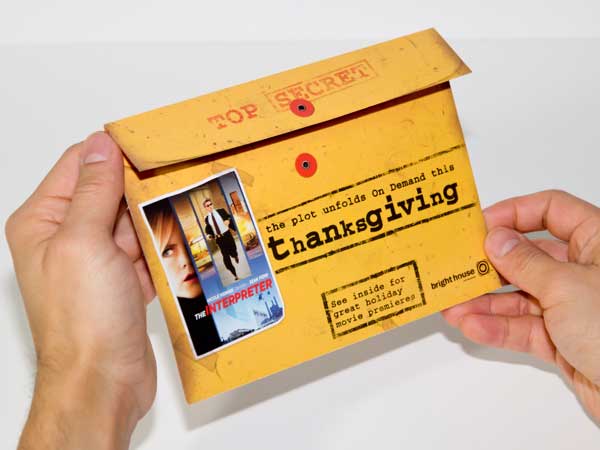Looking at some online surveys I found that e-books are still used less than print books however they are on rise whereas print is falling very slighlty. There seems to be a link between the rise in e-books and the rise in tablets owned.
Sunday, 17 January 2016
Thursday, 14 January 2016
Fine art exhibition
On Monday I visited the first years fine art exhibition. What I found so great was the diversity between each piece each having its own sense of uniqueness. I loved the use of materials one which really stood out to me was the woven hard bag like fabric. This set off some idea for my currency brief as I began to think about the board which my note will be placed onto. As I have already been thinking about a market currency I felt something like this behind the note could add a really nice aesthetic in addition to this it also just made in realise that due to it being within an exhibition I can do more than just design the note.









Wednesday, 13 January 2016
Research - underestimating print
Looking at this article I saw reasurance that print has a big presense and permanace which can be replicated by digital it also informed at Communication managers now have to approach their publishing and communications message with a multi-platform strategy. 'There is a stronger value to something that is tangible and tactile. It is likely to be browsed through at a time of the reader’s choice; it may be partly read and read again later. It may be read and tidied onto the book shelf along with your other issues, to be referred back to when needed. Your audience is more likely to return to it than digital content. A strong print publication can be reinforced with social media to engage your community and create conversation.'But, because you can guarantee that you will send that person a copy of your magazine, Print is still the best way to communicate with your members and readers. Amongst the noise this is one content vehicle that is guaranteed to be seen by members, and picked up and consumed at youraudience’s convenience. Don’t underestimate the power of your print magazine.' in addition to this the printed magazine has a pad
It goes on to state that 'When a new technology platform is launched is goes through an experimentation and adaptation phase.' This backs up points I have made within my essay on print having to adapt.' Interactive digital magazines and membership apps can act in tandem with your print. For example if you want to only reach women in the Midlands to join a live Twitter chat on pensions, a post-it note style tip-on, complete with hash tags can be placed in the print version. You are encouraging use of both mediums in an interactive and engaging way.' This suggests that intreative magazines have a place within print to create more enhanced content. and attract the right audiences.
It goes on to state that 'When a new technology platform is launched is goes through an experimentation and adaptation phase.' This backs up points I have made within my essay on print having to adapt.' Interactive digital magazines and membership apps can act in tandem with your print. For example if you want to only reach women in the Midlands to join a live Twitter chat on pensions, a post-it note style tip-on, complete with hash tags can be placed in the print version. You are encouraging use of both mediums in an interactive and engaging way.' This suggests that intreative magazines have a place within print to create more enhanced content. and attract the right audiences.
'It is not a comprehensive approach to refer to a digital communications strategy alone. A viable communications plan is an integrated communications plan; after all both print and digital are the written word. Both have their strengths for particular situation, but print is still the most effective tool to reach your members. It can drive traffic to your social media channels, and it can start conversations.'
Finaly it is stating both is needed as both have there benefits, which I have talked about throughout.
Finaly it is stating both is needed as both have there benefits, which I have talked about throughout.
Saturday, 9 January 2016
Research - Traditional media may be in trouble
Jackson Connor from huff post discusses how online marketing is on the rise and print may be in trouble '$540 billion worldwide on advertising in 2015, led by a 15.7 percent growth in digital media.' With tv still being the top advertising platform however its expected to see minimal growth in the coming years. 'Digital media is now second in line, accounting for nearly 24 percent of advertising spending, while newspapers (12.8 percent) and magazines (6.9 percent) bring up the rear in third and fourth place.'
It then goes on to say how print is almost below radio for the first time. ' MediaFinder, an online database of publications, reported that while 190 new magazines launched in 2014, 99 also ceased operations, accounting for 43 more closures than the year prior.' From this article I can see it is not all good for print and there is a defiant decline within advertising revenue which will have an effect on print however it doesn't render print useless. Although it does seem prints advertising side is not growing.
It then goes on to say how print is almost below radio for the first time. ' MediaFinder, an online database of publications, reported that while 190 new magazines launched in 2014, 99 also ceased operations, accounting for 43 more closures than the year prior.' From this article I can see it is not all good for print and there is a defiant decline within advertising revenue which will have an effect on print however it doesn't render print useless. Although it does seem prints advertising side is not growing.
Thursday, 7 January 2016
Research - looking at how print continue to thrive.
Vladimir Gendelman From marketing prof suggest that print is 'far from dead' He looks at ways print will thrive within marketing. Here are a few. First the idea of personalized print, this creates a bespoke feel for consumers. New tech has made it a much more affordable way of now advertising. Next is qr codes This is a good one as so many people now have smart phones, However this doesn't mean it will be used although it does show new ways print can get readers connecting, which in recent years has been pushed even further with things such as augmented reality. Then print and social media, He points out that from a survey that half of respondents used social media with print. This is showing how both mediums can be used together to strengthen advertising campaigns or simply promote a newspaper or magazine. The fact that print is now used less also creates benefits as it sticks out more, as consumers can see more effort was put into it. You also take more time when reading print which means more focus in comparison to browsing the net. Online there is so much information at once where as print is more specific. Another brilliant point is that print extends further than just paper, Print media can include promotional drinkware, magnets, stickers, pens, keychains, coasters, or even apparel such as T-shirts and buttons.
Variable Printing
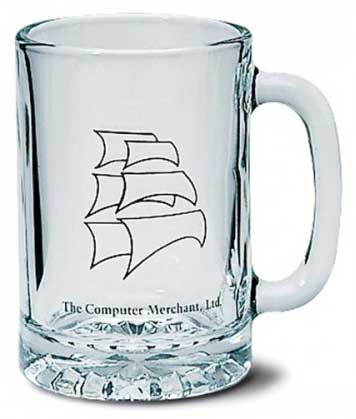
Read more: http://www.marketingprofs.com/articles/2014/24084/print-marketing-will-thrive-in-2014-and-beyond#ixzz46vlgsZTm
Variable Printing
Although variable printing is by no means a new process, consumers have been using it with more frequency as advancements in printing technology have lowered the cost. Variable printing allows you to uniquely customize each piece of media by changing certain elements from piece to piece, taking advantage of the power of complex personalization.
For example, you could run a mailer campaign and personalize each postcard with the name of the recipient, or create unique coupons with individual serial numbers so that you can track which customers used them. When this technique is used with variable images, for example, you could create a series of assorted business cards, each with a different photo background.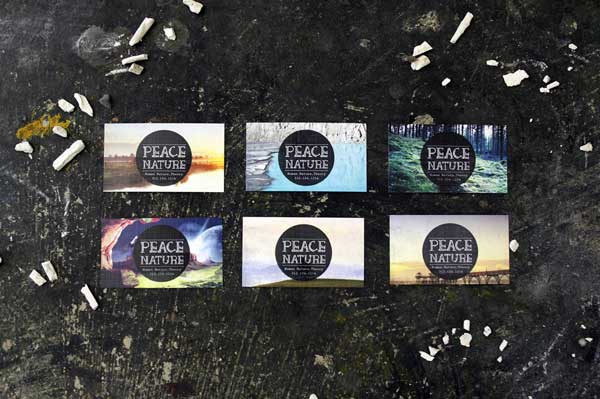

Personalized print media has a more powerful presence than a personalized email, because the audience can recognize that it takes more effort to customize print media than digital. Accordingly, the audience feels special because of what is a personal touch often lacking in traditional print marketing.
QR Codes and NFC
As our smartphone and tablet technologies continue to grow and develop, so too has the interactivity of print media.
It used to be that the only way to advertise your Web presence via print was to include the URL and hope that the audience took the time to type it into a browser. Nowadays, QR codes and NFC technology make it possible for your print media to directly connect customers to your website.
QR codes can be customized with colors and patterns to better integrate into your print marketing designs and to give you the opportunity to add branded elements.
NFC (near-field communication) is a new technology that is not available in all devices, but it is sure to replace QR codes down the line. NFC technology uses a tiny microchip to send a signal directly to your mobile device without the need for scanning. Tap the print media against your mobile device, and the NFC chip will instantly connect you to the website.
These technologies can also be used in more creative ways than simply connecting your audience to a website. They can be used to distribute files, play videos, or activate augmented reality features that encourage your audience to explore and engage, as well as share with others.
Print and Social Media
Social networking has become an integral part of the way entrepreneurs reach their customers, but the idea of networking has been around much longer than Facebook and Twitter. After all, what's a business card if not a social medium? When you hand a potential customer or business relation a business card, you're making a social connection with that person and giving them the means to do the same with you.
Social media can also be fully integrated with any print marketing strategy or campaign. In fact, you'd be hard-pressed to find a business card from a serious entrepreneur without his or her Facebook address, Twitter address, or other social networking URL printed on it. (Slightly over half of respondents to a Nielsen survey said they used a social media advertising campaign in conjunction with print media.)
Though some designers unfortunately make tragic mistakes when working with print and social media, the two often share a symbiotic relationship: print media help to draw attention to your social media sites, and your social media profiles can be used to strengthen your print campaign.
By adding customer comments and testimonials from your social networking profiles to your print designs, you can make your print marketing that much more effective.
Print Marketing Is Used Less, so It Stands Out More
Many companies are competing online for their audience's attention, which can make it hard to stand out in the crowd. However, since online marketing tends to be the focus of most businesses, a void is left in print marketing that is begging to be filled.
Compared with how often and how quickly you check your email, consider the daily ritual of going to the mailbox and checking your postal mail. You set aside a few moments to take the time to look at every piece of mail before going back to whatever it was you were doing before. That means your print materials are likely to receive extra attention—especially if they look unique:
Research from the US Postal Service indicates that most who receive direct mail advertising pay attention to it; households report that they tend to respond to about 1 in 10 pieces of direct mail. An International Communications Research survey found that 73% of consumers actually prefer mail over other advertising methods. And according to Research by Mail Print, 85% of consumers sort and read their snail mail on a daily basis, and 40% try new businesses after receiving direct mail.
No matter how crucial digital marketing becomes, there is still a large audience you can reach through print marketing and direct mail campaigns.
Print Is More Than Just Paper Products
The doomsayers who perpetuate print marketing myths regarding the "death of print" often forget that print media extends well beyond your typical paper products, such as business cards, brochures, and presentation folders. Print media can include promotional drinkware, magnets, stickers, pens, keychains, coasters, or even apparel such as T-shirts and buttons.

These tend to be thought of as gifts, not marketing collateral, so your audience is more likely to hold on to them for longer, helping to build your brand familiarity and create a stronger impression with your audience. In fact, according to the Advertising Specialty Institute, 84% of Americans retain a company's name when they receive promotional gifts with that company's logo on it.
If it's an inanimate object, there's a good chance it can be emblazoned with your brand's logo and integrated into your marketing campaign. The items don't even have to be something that your audience takes home with them to make an impression: You could, for example, use branded napkins and cups at a gala dinner, or display a promotional banner on your podium while giving a presentation.
Least-expensive Cost per Impression
Small businesses need more bang for their buck, which is why a low cost per impression (or CPI) is essential for running an effective marketing campaign—one that can reach the greatest number people at as low a cost as possible.
In fact, according to the Advertising Specialties Study, the most popular promotional items, such as pens, shirts, and caps, have an average CPI of $0.002—lower than the average for online marketing, which tends to be $0.0025 per impression.
A 2010 study by the Direct Marketing Association found that $1.00 spent on print advertising expenditures can generate an average of $12.57 in sales. That high return ratio was found to be universal across all industries: No matter what business you are in, print is still an effective medium for creating sales and generating revenue, especially as premium printing techniques continue to evolve.
Conclusion
Although print marketing can lead to success, it doesn't guarantee it. You still need to develop an effective print strategy that will put your brand in the spotlight and excite your audience. If you use the same, boring print materials as everyone else, you will have a hard time making your mark.
Get creative, put some real thought and effort into your print marketing collateral, and make use of all the tools and technologies available to you.
Read more: http://www.marketingprofs.com/articles/2014/24084/print-marketing-will-thrive-in-2014-and-beyond#ixzz46vlgsZTm
Wednesday, 6 January 2016
Lord Whitney
Today we visited Lord Whitney studio for a talk with the founders. It was a very inspiration talk and I learnt a lot. It got me thinking about collaborations and making the most of euiptment within the college. Something which I did not know was how big the role of personal work is within the practice as this is the work which will bring in a majority of clients in. Rather than client work bringing in more clients. This has made me aim to really improve my own practice. It was also a big weight off my shoulders to hear they only really found what there passion for design was in there final year of uni, I have taken on there advice to try everything and see what makes me tick.


Monday, 4 January 2016
Photography lighting Session
Today we had a photography lighting session this was a tremendous help to my practice, as I needed to photograph a piece for my secret 7 brief in addition to this I will be photographing sauces for my design principles at a later date so getting familiar with the photography staff and studio is very handy. In to days session we touched upon how shadows can be used to create 3 dimensions within a 2 dimension photograph. I also learnt about white balance, an example of the difference can be seen in fig1 compared to fig2. The whites are much more neutral and less yellow in fig 2. Within fig 3 I began to play around with position much more the angles allowed for a much more depth which I actually much preferred in the end. I tested on both white and black background black worked the best with the colours. We also learnt the 3 C's
Fig 1
Fig 2
Fig 3
Fig 1
Fig 2
Fig 4
Subscribe to:
Comments (Atom)












